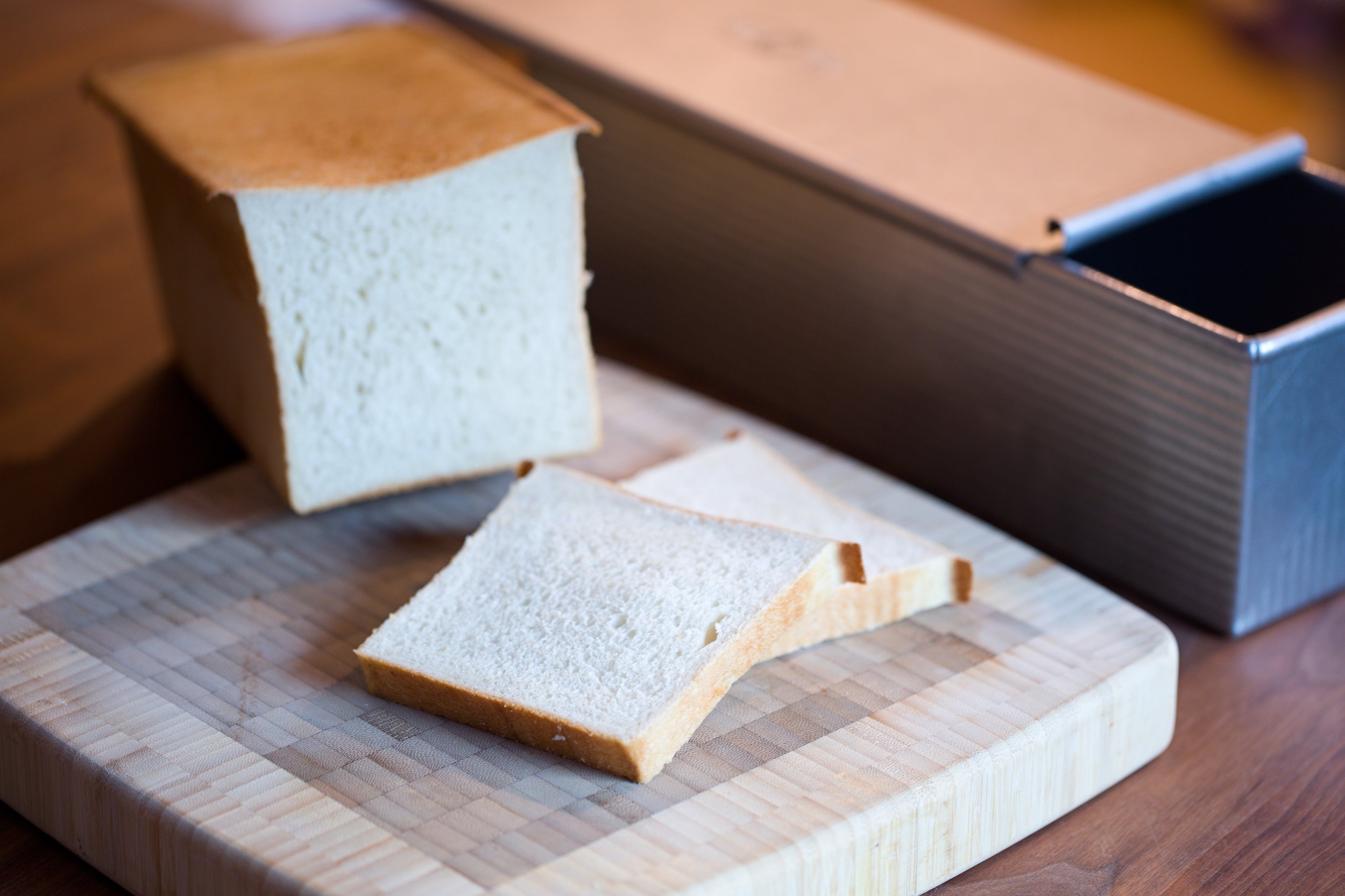Ciabatta Bread Rolls
Ciabatta is one of the best breads for sandwiches, and I wonder why it took me so long to bake them. This recipe is made with a preferment (poolish), that you preferably can start the day before you bake the bread, it will give your rolls more flavor. But to be honest starting the poolish in the morning, worked fine today.
Makes 8-10 rolls.
Ingredients:
Poolish:
200 g all-purpose flour
200 g water, room temperature
1 g dry yeast
Ciabatta:
Poolish from above
200 g water, room temperature
200 g all-purpose flour
100 g manitoba flour (high protein flour)
8 g salt
Directions:
Poolish:
Stir all ingredients together in a mixing bowl. The dough should be very soft and sticky, looking like a thick batter. Cover the bowl with plastic wrap and let sit at room temperature for 3-4 hours, until the poolish is bubbly. Refrigerate the poolish. The slow fermenting at low temperature will help develop flavor and texture. The poolish will keep up to 3 days in the refrigerator. Remove the poolish from the refrigerator prior to making the ciabatta dough.
I didn’t make my poolish in advance, so I only fermented my poolish for 4 hour on the kitchen counter at about 20℃ (68℉).
Ciabatta:
Dilute the poolish with the rest of the water, and transfer it all to the bowl of the stand mixer. Add flour and salt.
Using the paddle attachment knead the dough for about 5 minutes, starting on low for the first 60-90 seconds. The kneading is complete when the dough pulls away from the sides of the bowl. Wet your hands when handling the dough, because it’s very sticky.
Oil a wide bowl with some olive oil. Place the dough into the oiled bowl, and let it rise covered for 3 x 45 minutes.
With wet hands fold the dough for 5-6 times, and let the dough rise another 45 minutes and repeat the fold. Let the dough rise for the last 45 minutes.
Gently flour a bakers couche (or a clean flour sac) and the work surface.
Turn the dough out onto the well floured surface, be careful not to deflate it. A simple way to do this is turning the bowl upside down just over the counter and letting gravity help you. Sprinkle a fair amount of flour on the dough, and gently form the dough into an rectangle.
Making the rolls: Divide the into 2 logs using a bench scraper, and divide each into 4-5 pieces/rolls. Sprinkle with additional flour, so you have no bare dough visible. Use the bench scraper to get under the roll and carefully lifting it onto the couche with generous spacing between them. Bunch the cloth in between rolls to make a small wall. Sprinkle with more flour, and cover the rolls with a clean tea towel. Let the rolls rise for about 20 minutes.
Heat the oven with a pizza/baking stone to 445℉ (230℃), Have a jelly roll pan at the lower shelve, so you can pour some hot water into it, to make steam in the oven.
Use a baking peel and parchment paper to transfer the rolls into the oven. Pour about 1 cup water in the jelly roll pan, and quickly close the oven door. Bake 4-5 rolls at a time for about 18 minutes until done and deep golden brown.
Let the rolls cool on a wire rack before serving.
Enjoy!








